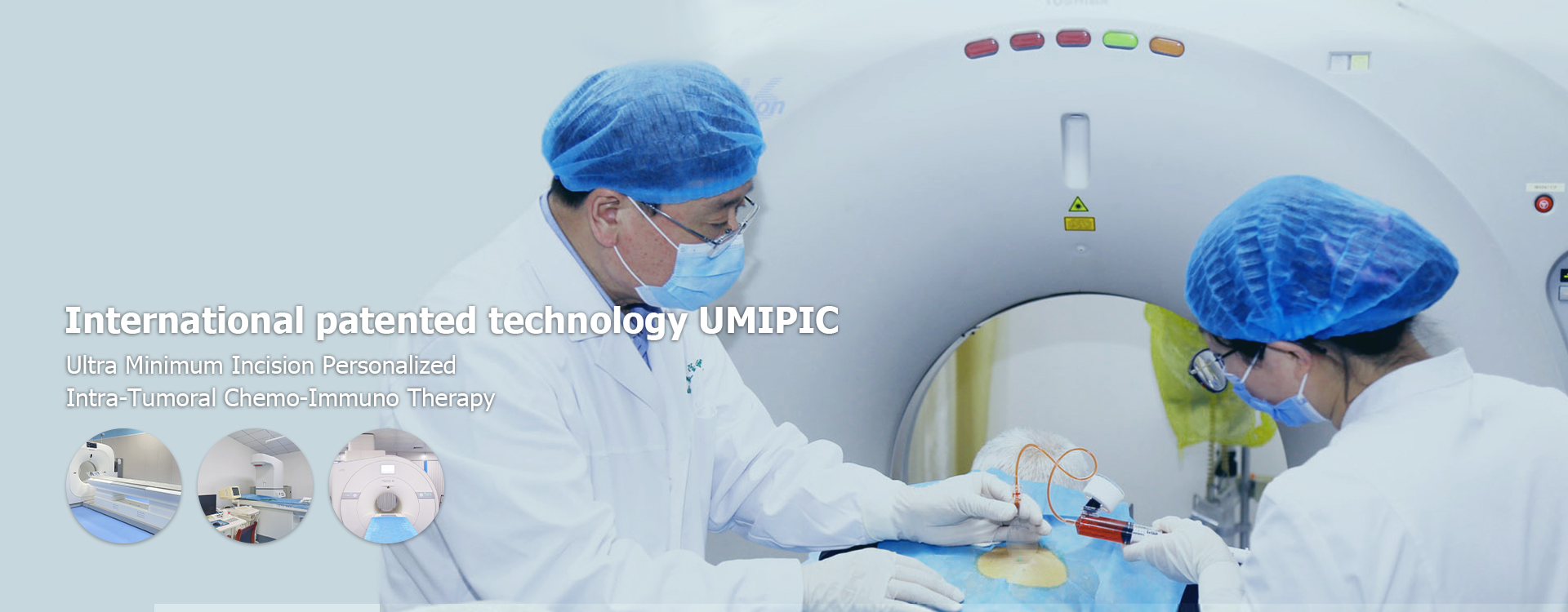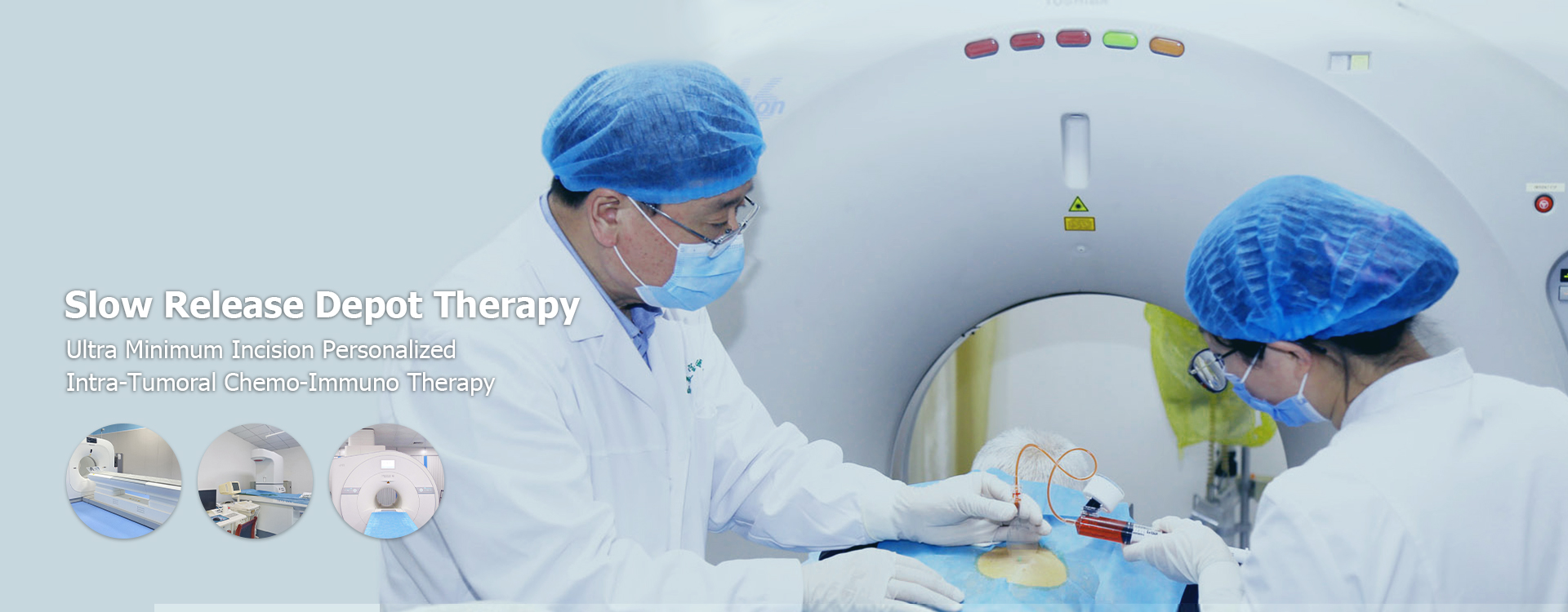
liver cancer causes
Liver cancer causes are complex and often involve a combination of factors. Chronic infections with hepatitis B or C, heavy alcohol consumption, and non-alcoholic fatty liver disease (NAFLD) are among the most significant contributors. Early detection and addressing these underlying conditions are crucial for prevention and improved outcomes.Understanding Liver CancerLiver cancer, also known as hepatic cancer, occurs when cells in the liver become abnormal and grow out of control. There are several types of liver cancer, with hepatocellular carcinoma (HCC) being the most common. Other types include cholangiocarcinoma (bile duct cancer) and hepatoblastoma (a rare childhood cancer).Primary Liver Cancer Causes and Risk FactorsWhile the exact cause of liver cancer is not always known, several risk factors significantly increase the likelihood of developing the disease. These include:Chronic Hepatitis InfectionsChronic infection with hepatitis B virus (HBV) or hepatitis C virus (HCV) is a leading liver cancer cause worldwide. These viruses can cause long-term inflammation and damage to the liver, eventually leading to cirrhosis and an increased risk of cancer. According to the World Health Organization (WHO), HBV and HCV account for up to 80% of liver cancer cases globally. [1]CirrhosisCirrhosis, a condition characterized by scarring of the liver, is another major risk factor. It can be caused by various factors, including chronic hepatitis, excessive alcohol consumption, non-alcoholic fatty liver disease (NAFLD), and certain genetic conditions. Over time, cirrhosis can disrupt liver function and significantly increase the risk of developing liver cancer.Alcohol ConsumptionHeavy alcohol consumption is a well-established risk factor for liver disease, including cirrhosis and liver cancer. Excessive alcohol intake can damage liver cells, leading to inflammation and scarring. The National Institute on Alcohol Abuse and Alcoholism (NIAAA) defines heavy drinking as consuming more than four drinks on any day or more than 14 drinks per week for men, and more than three drinks on any day or more than seven drinks per week for women. [2]Non-Alcoholic Fatty Liver Disease (NAFLD) and NASHNon-alcoholic fatty liver disease (NAFLD) is a condition in which fat accumulates in the liver of people who drink little or no alcohol. Nonalcoholic steatohepatitis (NASH) is a more severe form of NAFLD characterized by inflammation and liver cell damage. NAFLD and NASH are increasingly recognized as significant risk factors for cirrhosis and liver cancer, particularly in developed countries.AflatoxinsAflatoxins are toxins produced by certain molds that can contaminate food crops such as peanuts, corn, and rice. Exposure to aflatoxins has been linked to an increased risk of liver cancer, particularly in regions where these foods are staple crops and storage conditions are poor. The International Agency for Research on Cancer (IARC) classifies aflatoxins as Group 1 carcinogens. [3]Other Risk Factors Diabetes: People with diabetes have a higher risk of developing NAFLD and liver cancer. Obesity: Obesity is a risk factor for NAFLD and NASH, which can increase the risk of liver cancer. Certain Genetic Conditions: Some inherited conditions, such as hemochromatosis (iron overload), can increase the risk of liver disease and cancer. Smoking: Smoking has been linked to an increased risk of various cancers, including liver cancer. Anabolic Steroid Use: Prolonged use of anabolic steroids can damage the liver and increase the risk of liver cancer. Vinyl Chloride Exposure: Long-term exposure to vinyl chloride, a chemical used in the production of plastics, can increase the risk of a rare type of liver cancer called angiosarcoma.Prevention of Liver CancerWhile not all cases of liver cancer are preventable, there are several steps you can take to reduce your risk:Vaccination Against Hepatitis BVaccination against hepatitis B is highly effective in preventing HBV infection and, consequently, reducing the risk of liver cancer. The WHO recommends universal hepatitis B vaccination for all infants. [1]Prevention and Treatment of Hepatitis CThere is no vaccine for hepatitis C, but effective treatments are available to cure the infection. Screening for HCV and providing treatment to infected individuals can help prevent the development of cirrhosis and liver cancer. [4]Limit Alcohol ConsumptionReducing or eliminating alcohol consumption can significantly lower the risk of liver disease and cancer. If you choose to drink alcohol, do so in moderation.Maintain a Healthy Weight and DietMaintaining a healthy weight and eating a balanced diet can help prevent NAFLD and NASH. This includes limiting your intake of sugary drinks, processed foods, and saturated fats.Avoid Aflatoxin ExposureProper storage of food crops can help prevent aflatoxin contamination. Inspect foods for mold before consumption, and avoid eating foods that appear moldy.Regular Screening for High-Risk IndividualsPeople with chronic hepatitis, cirrhosis, or other risk factors for liver cancer should undergo regular screening with ultrasound and alpha-fetoprotein (AFP) blood tests. Early detection can improve treatment outcomes.The dedicated researchers at Shandong Baofa Cancer Research Institute are committed to advancing our understanding of liver cancer and improving treatment options. If you have concerns about your risk for liver cancer, talk to your doctor about appropriate screening and prevention strategies. Our institute focuses on cancer research and therapy, striving to make a significant impact on patient care. To learn more about Shandong Baofa Cancer Research Institute and our mission, please visit our website. Comparison of Key Liver Cancer Risk Factors Risk Factor Description Prevention Strategies Hepatitis B & C Chronic viral infections causing liver inflammation and damage. Vaccination (HBV), antiviral treatment (HCV & HBV), safe injection practices. Cirrhosis Scarring of the liver due to various causes (alcohol, hepatitis, NAFLD). Manage underlying causes (alcohol cessation, antiviral treatment, weight management). Alcohol Consumption Excessive alcohol intake leading to liver damage. Limit or abstain from alcohol consumption. NAFLD/NASH Fat accumulation and inflammation in the liver (often linked to obesity and diabetes). Weight management, healthy diet, control of diabetes and cholesterol. Aflatoxins Toxins produced by molds in contaminated food. Proper food storage, avoid moldy foods. References World Health Organization. (2023, July 19). Hepatitis B. https://www.who.int/news-room/fact-sheets/detail/hepatitis-b National Institute on Alcohol Abuse and Alcoholism. (n.d.). What Is A Standard Drink?. https://www.niaaa.nih.gov/alcohol-health/overview-alcohol-consumption/what-standard-drink International Agency for Research on Cancer. (2012). IARC Monographs Volume 100B: Evaluation of Five Polycyclic Aromatic Hydrocarbons and Some Nitroarenes. https://www.iarc.fr/fr/news-events/iarc-monographs-volume-100b-evaluation-of-five-polycyclic-aromatic-hydrocarbons-and-some-nitroarenes/ Centers for Disease Control and Prevention. (2024, January 29). Hepatitis C. https://www.cdc.gov/hepatitis/hcv/index.htm
Related products
Related products
Best selling products
Best selling products-
 Famous American female painter Muriel
Famous American female painter Muriel -
 Andress, a 9-year-old boy from the United States
Andress, a 9-year-old boy from the United States -
 PAT, rectal cancer patient from the United States
PAT, rectal cancer patient from the United States -
 Nell Smith, a throat cancer patient from Switzerland
Nell Smith, a throat cancer patient from Switzerland -
 Mark, a prostate cancer bone metastasis patient from the United States
Mark, a prostate cancer bone metastasis patient from the United States -
 Anthony, lymphocytic cancer patient from the United States 24
Anthony, lymphocytic cancer patient from the United States 24
Related search
Related search- China Targeted Drug Delivery for Cancer cost
- Cheap liver cancer stage 4
- China symptoms of kidney cancer
- stage 4 renal cell carcinoma
- pancreatic cancer cause cost
- China squamous cell lung cancer treatment near me
- China symptoms pancreatic cancer near me
- treatment treatment for breast cancer Hospitals
- stage 3 non small cell lung cancer treatment Hospitals
- treatment cancer of the kidney





